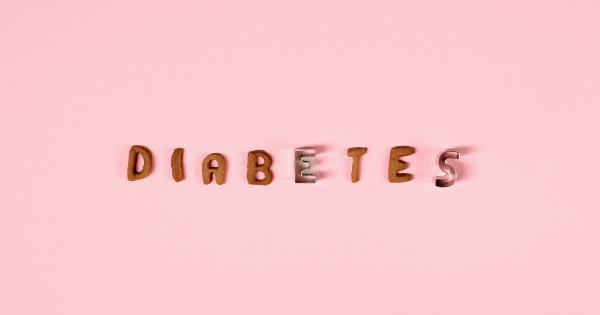Chronic obstructive pulmonary disease, also known as COPD, is a chronic lung disease that makes it difficult to breathe.
It is a progressive condition that gets worse over time and is characterized by symptoms like coughing, wheezing, and shortness of breath. COPD is often caused by smoking or exposure to air pollution, and it is estimated to affect 16 million Americans. Fortunately, there are advanced treatments available that can improve the quality of life for people with COPD.
In this article, we will explore some of these treatments and how they work.
Medications for COPD
One of the most common treatments for COPD is medication. There are several different types of medications that are used to manage the symptoms of COPD:.
Bronchodilators
Bronchodilators are drugs that help relax the muscles around the airways, making it easier to breathe. They are often used as a first-line treatment for COPD. There are two main types of bronchodilators:.
- Short-acting bronchodilators, which are used on an as-needed basis to relieve symptoms
- Long-acting bronchodilators, which are taken regularly to prevent symptoms
Inhaled Steroids
Inhaled steroids are used to reduce inflammation in the airways. They are often used in conjunction with bronchodilators for people with moderate to severe COPD.
Combination Medications
Some medications combine bronchodilators and inhaled steroids into one inhaler. This can make it easier for people with COPD to manage their symptoms because they only need to use one medication instead of two.
Oxygen Therapy
Oxygen therapy is a treatment that involves using supplemental oxygen to help people with COPD get enough oxygen into their bloodstream.
This is important because people with COPD often have trouble getting enough oxygen because their lungs are damaged.
There are two main types of oxygen therapy:.
Portable Oxygen Therapy
Portable oxygen therapy involves using a small, lightweight oxygen tank that can be carried around. This type of oxygen therapy is ideal for people who need oxygen when they are on the go.
Oxygen Concentrators
Oxygen concentrators are machines that concentrate the oxygen from the air and deliver it to the person through a nasal cannula or mask. This type of oxygen therapy is often used at home or in a healthcare facility.
Pulmonary Rehabilitation
Pulmonary rehabilitation is a program that involves a combination of exercise, education, and support to help people with COPD improve their lung function and quality of life.
Pulmonary rehabilitation programs are typically customized to meet the needs of each individual. They may include:.
Exercise Training
Exercise training can include a variety of activities like walking, cycling, and strength training. The goal of exercise training is to improve lung function, reduce shortness of breath, and improve overall health and fitness.
Education
Education is an important part of pulmonary rehabilitation. People with COPD need to understand how to manage their symptoms, avoid triggers, and prevent exacerbations.
Psychological Support
Living with COPD can be challenging both physically and emotionally. Pulmonary rehabilitation programs often include psychological support to help people cope with the stress and anxiety that can come with a chronic illness.
Surgical Treatments
In some cases, surgery may be recommended for people with severe COPD. Surgical treatments for COPD include:.
Bullectomy
A bullectomy is a surgical procedure that involves removing large, air-filled sacs in the lungs called bullae. This can help improve lung function and reduce symptoms for people with severe emphysema.
Lung Volume Reduction Surgery
Lung volume reduction surgery involves removing damaged lung tissue to improve lung function and reduce symptoms. This surgery is typically reserved for people with severe COPD who have not improved with other treatments.
Lung Transplantation
A lung transplant is a surgical procedure in which a person’s damaged lungs are replaced with healthy lungs from a donor. This is typically reserved for people with end-stage COPD who have not improved with other treatments.
Conclusion
COPD is a chronic lung disease that can have a significant impact on a person’s quality of life. However, there are several advanced treatments available that can help manage symptoms and improve lung function.
From medications to pulmonary rehabilitation to surgical treatments, there are options available for people facing this difficult disease. If you or someone you know is living with COPD, talk to your healthcare provider to learn more about these treatment options and which ones may be right for you.





























